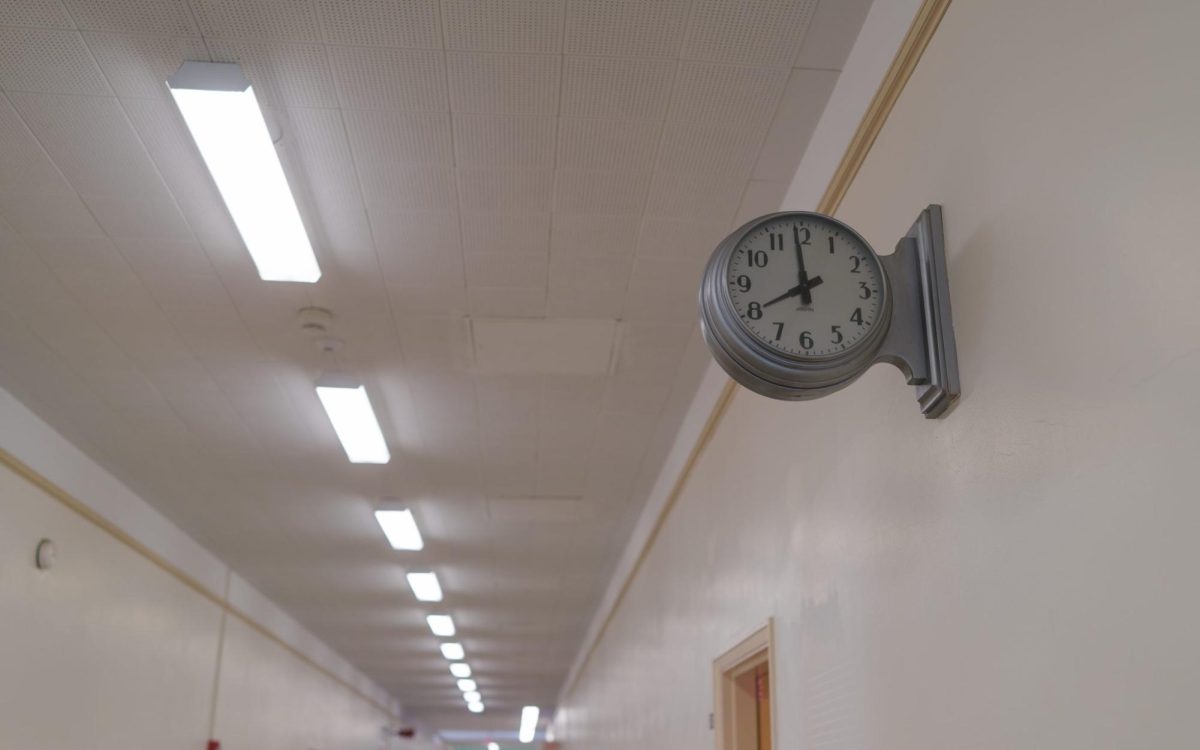According to the K-12 School Shooting Database, as many as 349 incidents of school shootings at K-12 schools were reported nationwide in the year 2023, the highest in history, as many as 330 shootings were reported in 2024, and as of 2025, as many as 162 school shootings have already been recorded.
Students of Fairfax County are not safe from violence, but that doesn’t mean only guns. In March of 2024, an 18-year-old male was suspected of killing a 14-year-old Westfield High School student by shooting him in McNair, located near Oak Hill. More recently, on April 23 of 2025, a 15-year-old student attending West Potomac High School was suspected of stabbing a 16-year-old student after a fight which took place inside of the school. The threat of lethal, weaponized violence in schools does have a capability of being a constant for the students of today.
On April 10, 2025, the FCPS Office of Communications announced that Fairfax County Public Schools would pilot a weapons detection system at randomly-selected schools across Fairfax County, in order to test how effective they would be on students attending public schools. Soon enough, in the Wildcat Weekly newsletter, Principal Dr. Erik Healey informed Centreville families that a new policy had been implemented, one that would introduce new weapons detection systems in every single secondary school under the administration of Fairfax County Public Schools. The new policy, which is now a permanent fixture in all secondary schools in the county, meaning both middle schools and high schools, aims to provide an efficient and high-throughput screening process for students while minimizing disruption.
Specifically, the CEIA’s OpenGate detection systems, which are known for their ability to be lightweight, portable and being able to handle high amounts of people at once; perfect for the influx of students waiting to get in the school. In addition, these systems specialize in detecting weapons with a good amount of size. These models are metal detectors, specifically designed by OpenGate to detect the density of any metal object.
Guns and knives typically have a high metal density, which is why objects with higher metal densities such as metal lunch boxes, pencil cases and cases made of glass, collapsable umbrellas, three-ring binders and laptops are being advised to be taken out of students’ backpacks before entering the detection system. Objects with lower metal densities such as phones, keys, and planners are not detected through this system.
Mr. Hughes, a security guard and a member of Centreville’s faculty, operates the front door security and monitors the cameras. Throughout his career, which he said was “longer than any of you have been alive”, he’s become quite familiar with the different types of students entering the building. He says that the metal detectors are necessary in this day and age because of the large increase in the amount of school attacks in recent years, let alone violence taking place inside schools.
While Mr. Hughes is not at his desk until 8:10 in the morning, he says that he’s heard from other teachers that the process from getting off the bus to getting inside the building, passing the metal detectors, takes around 6 to 7 minutes at most. He says that overall, the metal detectors are worth the cost because of the security they provide.
Another . She acknowledged that the metal detectors would make a difference in the amount of incidents, although she did state that the lines were too long as a result, which would make more kids late to class, which in turn made her class lose essential time that they need to learn. She also said that she would mark them late; a remark which she added to an evil laugh.
In comparison, and arguably most importantly, the students that go to this school have slightly differing views that do have their reasons. Consensus amongst students says that there is a genuine need for these kinds of systems due to the threat of violence using weapons in schools, and that this system would be in place for at least a few years.
However, some students say that the system has its fallacies, with many students saying that the detector falsely identifies a threat at least once per day, either through miscommunication or rushing too much, which overrides the system.
Many students also doubt how effective the weapons detection system truly is.
Junior Aidan Kownacki says that the idea of having this system is a great idea, but its practical use has little to no significance.
Immanuel Augustin, who is also a junior, claims that the system isn’t enforced enough in and out of the school throughout the day. He claims that some back door entrances to the school are left unchecked, and also observes that the system is effectively taken down for the remainder of the day following the morning bell, which he believes is not really doing much to stop the threat of school shooters.
However, the time it takes for the lines differs as you ask each student. Kownacki says that it takes 15 seconds to get through the line in order to arrive near the metal detector, citing her school bus’ early arrival time as the reason. In contrast, the lines can get excessively long to get through when more school buses arrive at the same time, and for students like James Horoho, another junior student, the average waiting time in line may take around 2 minutes. Augustin has it worse, implying that his school bus arrives later than most, which doesn’t help anything, as the line to get through the weapons detection system only adds on 30 seconds which could have been used to get to school on time.
Horoho and Kownacki claim that an alternative to this system could include implementing a different system that can track weapons detection system even better than the one in place; a system that is so efficient to the point in which students won’t have to take out laptops or binders out of their backpacks. But for the time being, the school’s administration as well as FCPS’s administration, not to mention the budget, sees no signs of changing following the start of the system’s implementation.
While some people believe that they are detrimental to learning as well as a waste of time to the school day, others think that they are a great benefit to our school and county. Although the new system does have its drawbacks, with increased lines and more frustration, a big majority of students say that the disruption could be worth it in the long run. But for now, it’s here, and it’s going to stay for now.






